Cold therapy has become a cornerstone of recovery and pain management for individuals dealing with knee pain, knee surgery, or knee replacement. Using a cold therapy knee machine offers a modern, efficient way to deliver pain relief and reduce swelling, especially compared to traditional ice packs. But one of the most common questions is: How long should you leave a machine on your knee? This article explores the optimal duration for using cold therapy, its benefits, and tips to maximize surgery recovery or injury recovery while ensuring safety and comfort.
What Is a Cold Therapy Knee Machine?
A cold therapy system, also known as an ice therapy machine, is a device that circulates ice cold water through a cold therapy pad or knee pad to deliver continuous cold to the affected area. Unlike ice packs or cold compresses, which lose their chill over time, a cold therapy unit maintains a consistent cold temperature through a cooling reservoir filled with ice and water. Some systems also provide compression therapy, combining cold and compression for enhanced pain relief and recovery.
These machines are particularly popular for knee replacement recovery, knee surgery, and chronic pain management. They are simple to use, portable, and designed for home use, making them an excellent choice for anyone seeking drug-free pain relief.
Benefits of Cold Therapy for Knee Pain and Recovery
The benefits of cold therapy are well-documented. Applying ice cold therapy to the knee helps reduce swelling, numb pain, and promote healing by constricting blood flow to the area. This is especially effective for:
- Post-surgery recovery, such as knee replacement surgery or total knee replacement.
- Injury or surgery, including sprains, strains, or hip replacement.
- Pain and swelling caused by arthritis or overuse.
- Managing knee pain from chronic conditions.
Unlike ice packs, which can be bulky and inconsistent, a cold therapy knee machine provides full circumference knee cold therapy, ensuring the entire knee benefits from circulating cold water. Advanced systems, such as those with active compression, enhance the effects by improving circulation and delivering effective pain relief.
How Long Should You Use a Cold Therapy Machine on Your Knee?
The duration for using cold therapy on your knee depends on several factors, including the purpose (e.g., post-surgery, injury recovery, or chronic pain management), the machine’s design, and your doctor’s recommendations. Here’s a general guideline:
Recommended Duration: 15–20 Minutes Per Session
Most healthcare professionals suggest using a cold therapy machine for 15–20 minutes at a time, followed by a break of at least 30–60 minutes. This allows the knee to receive effective cold therapy without risking skin damage or frostbite from prolonged exposure to cold temperature. Customer reviews often highlight that this duration is cold enough to provide relief while remaining comfortable.
Frequency: Several Times a Day
For optimal results, you can use the machine several times a day, typically 3–5 times, depending on your condition. For example:
- Knee replacement patients may use ice therapy more frequently in the first few days post-surgery to manage pain and swelling.
- Those recovering from knee ankle injuries or knee surgery might follow a similar schedule.
- For chronic pain management, 1–2 sessions daily may suffice.
Adjusting Based on Your Needs
Some cold therapy systems, like those with temperature control, allow you to adjust the intensity of the circulating cold. Always use a barrier, such as a cloth or the provided pad or wrap, between the cold therapy pad and your skin to prevent irritation. If the machine feels too cold, consult your doctor or adjust the settings to ensure it stays cold but comfortable.
Special Considerations
- Post-surgery or total knee replacement. Follow your surgeon’s advice, as they may recommend specific durations based on your recovery stage.
- Compression therapy. Machines that combine cold and compression, such as those with active compression, may require shorter sessions due to their enhanced effectiveness.
- Portable machine. If you’re using a therapy unit on the go, ensure the reservoir is filled with ice and water or frozen water bottles instead to maintain continuous cold.
Safety Tips for Using a Cold Therapy Knee Machine
While cold therapy machines are generally safe, improper use can lead to skin damage or discomfort. Here are some tips to ensure you use the machine safely:
- Consult Your Doctor. Always check with a healthcare provider, especially if you’re recovering from surgery or have conditions like diabetes or poor circulation.
- Use a Barrier. Place a cloth or the provided knee pad between the cold therapy pad and your skin to avoid frostbite.
- Monitor Skin Reaction. Check your skin after each session. If it’s overly red, numb, or irritated, reduce the duration or frequency.
- Avoid Prolonged Use. Stick to the 15–20 minute guideline to prevent tissue damage.
- Check the Reservoir. Ensure the cooling reservoir is filled with ice cold water or frozen water bottles instead of ice to maintain consistent cooling.
- Clean the System. Regularly clean the therapy unit and cold pad to prevent bacterial growth.
Comparing Cold Therapy Machines to Traditional Ice Packs
While traditional ice packs or ice cold compresses are effective for short-term relief, they have limitations compared to a cold therapy knee machine:
- Consistency. Ice packs lose their chill quickly, while a knee ice machine delivers continuous cold through circulating cold water.
- Coverage. A circumference knee cold therapy system wraps around the knee, providing full circumference knee cold therapy, unlike ice packs that may only target one area.
- Compression. Many ice therapy machines offer cold compression therapy, which enhances pain relief and helps reduce swelling more effectively.
- Convenience. A portable cold therapy machine is simple to use and can be set up quickly, allowing you to focus on your recovery.
For example, systems like polar products active or active ice system designs provide hot and cold options and active compression, making them versatile for recovery and pain management.
When to Use a Cold Therapy Machine
A cold therapy knee machine is ideal for various scenarios, including:
- Knee replacement surgery or total knee replacement. To manage pain and swelling in the early stages of recovery.
- Knee surgery or hip replacement. To support surgery recovery and promote healing.
- Injury recovery. For sprains, strains, or overuse injuries affecting the knee ankle area.
- Chronic pain management. For conditions like arthritis or recurring knee pain.
Cryotherapy through a therapy ice machine is particularly effective in the first 48–72 hours after injury or surgery, as it helps control inflammation and provides effective pain relief.
Choosing the Right Cold Therapy Machine
When selecting a cold therapy system, consider the following features:
- Temperature Control. Look for a machine that allows you to adjust the cold temperature for comfort.
- Compression. Systems that combine compression with ice therapy are more effective for pain management.
- Portability. A portable cold therapy machine is ideal for home use or travel.
- Ease of Use. Choose a system that’s simple to use and easy to use and set up, with a clear reservoir for ice and water.
- Coverage. Opt for a cold therapy pad that wraps around the knee for full circumference knee cold therapy.
Customer reviews often praise machines that are cold enough, stay cold for long periods, and offer active compression for pain relief.
In our store we have a good solution for those who want to keep their skin in perfect condition. With its help, you can easily and effectively take care of your skin, achieving visible results after the first procedures! You can buy this cleaner at an optimal price in our store.
Maximizing Recovery with Cold Therapy
To get the most out of your cold therapy knee machine, combine it with other recovery strategies:
- Elevate the Knee. Raising your leg while using the ice machine for knee can further reduce swelling.
- Follow Therapy Sessions. Stick to a consistent schedule of therapy sessions as recommended by your doctor.
- Stay Active (When Advised). Gentle movement, as approved by your healthcare provider, can complement cold therapy and improve blood flow.
- Monitor Progress. Track your pain relief and recovery to adjust the frequency or duration of ice therapy as needed.
Conclusion: Finding the Right Balance for Cold Therapy
Using a cold therapy knee machine is a powerful way to manage pain, reduce swelling, and support knee replacement recovery or injury recovery. By sticking to 15–20 minute sessions several times a day, using a cold therapy pad with a barrier, and following your doctor’s guidance, you can achieve effective pain relief safely. Whether you’re recovering from knee surgery, managing knee pain, or seeking drug-free pain relief, a cold therapy system offers a convenient, consistent, and important to use solution for pain relief and recovery. Always prioritize safety, monitor your skin, and consult a professional to ensure the best results from your ice therapy machine.

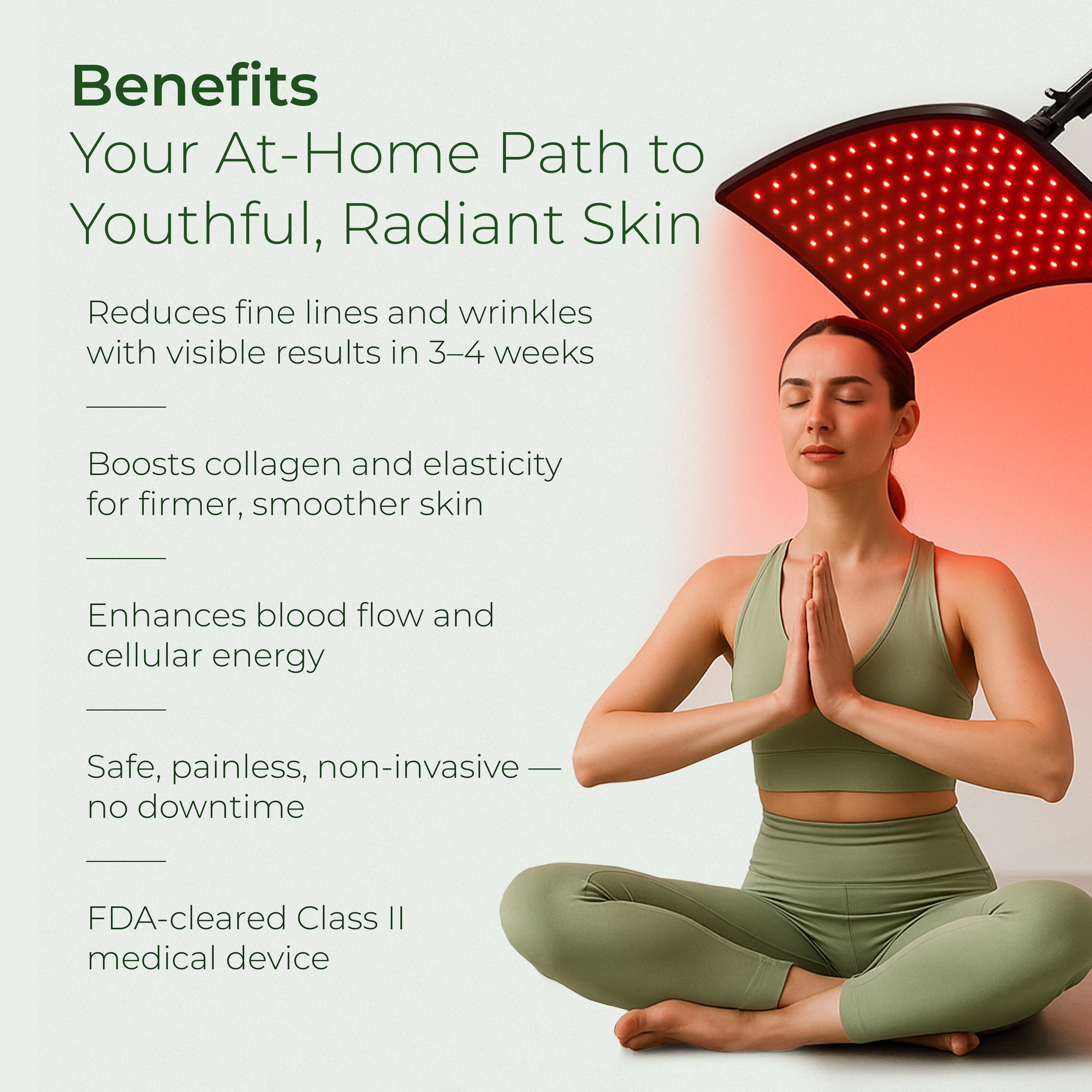
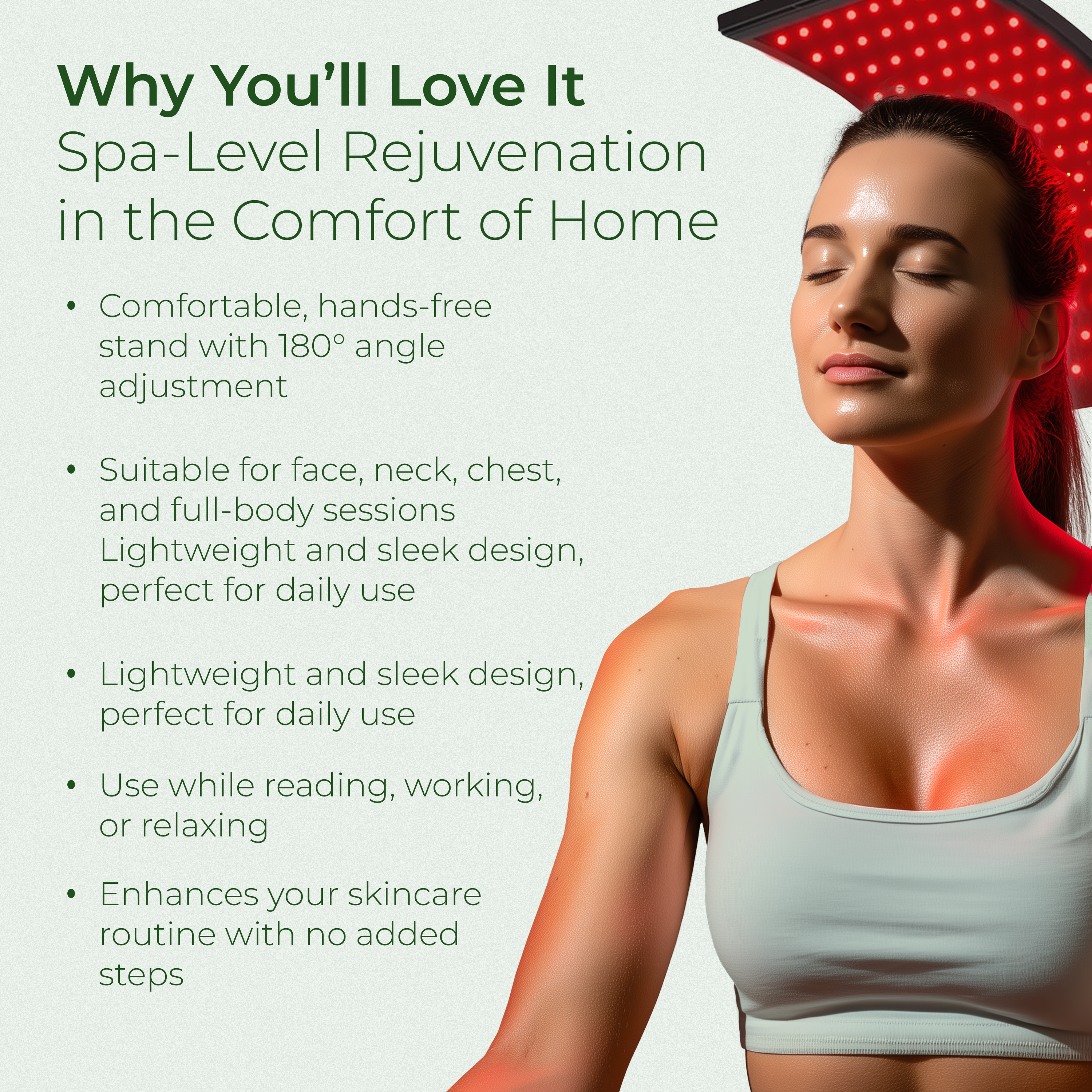
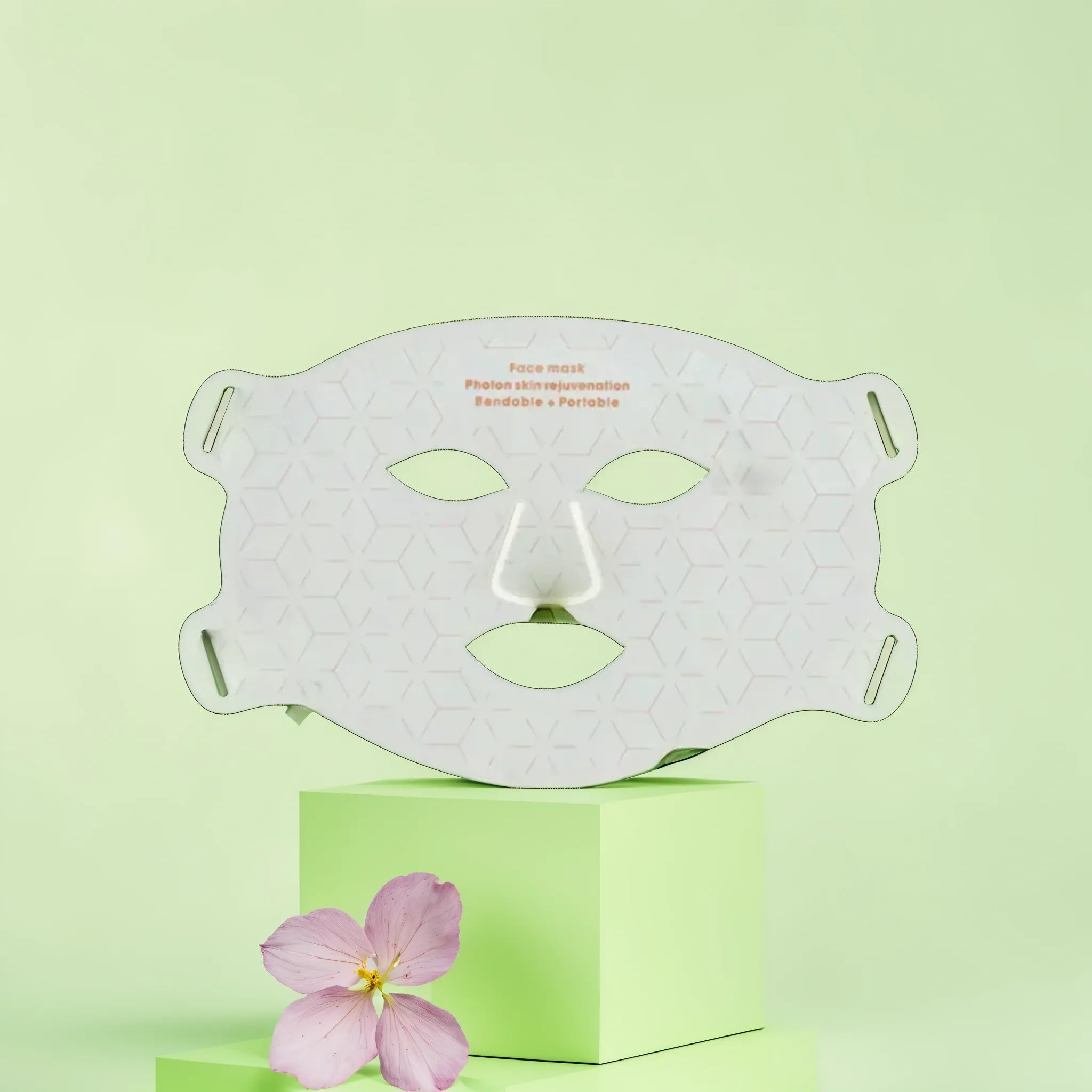
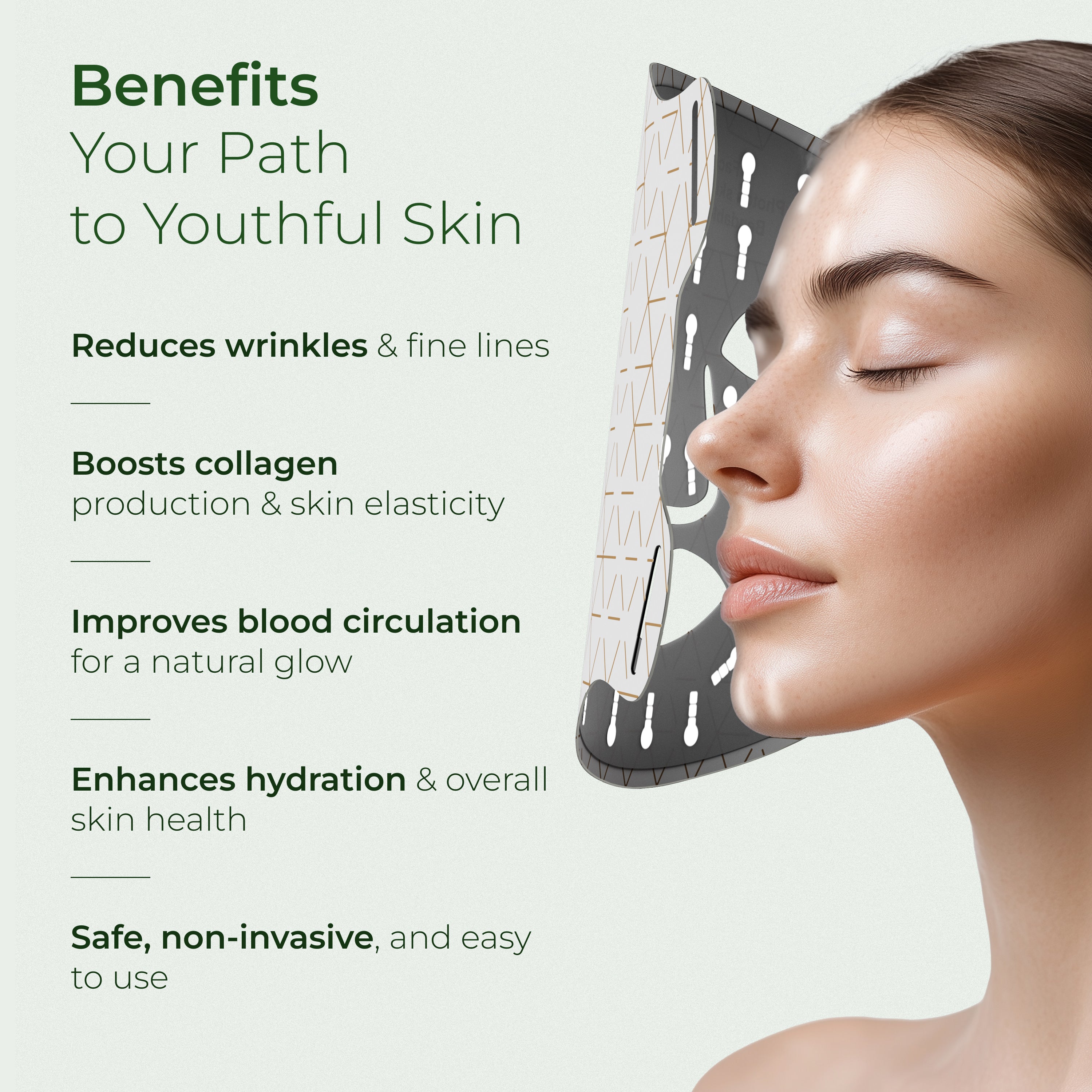


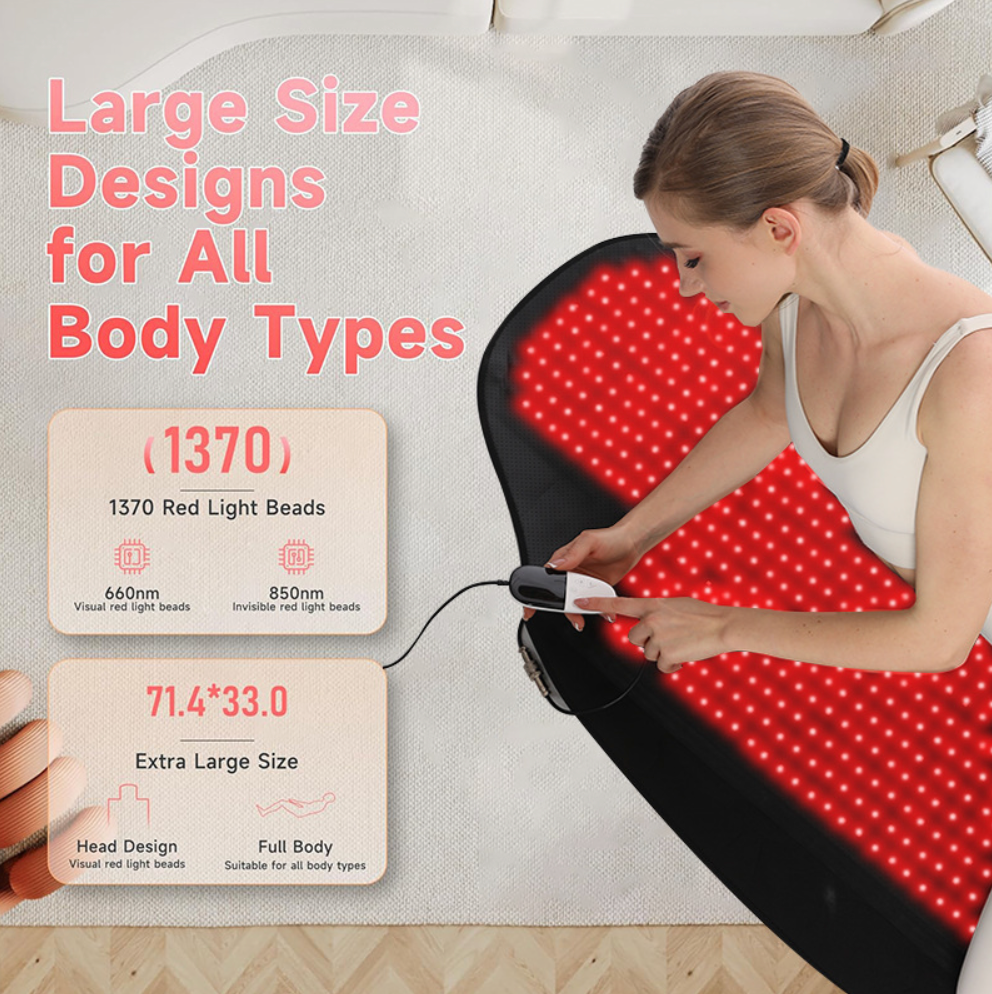
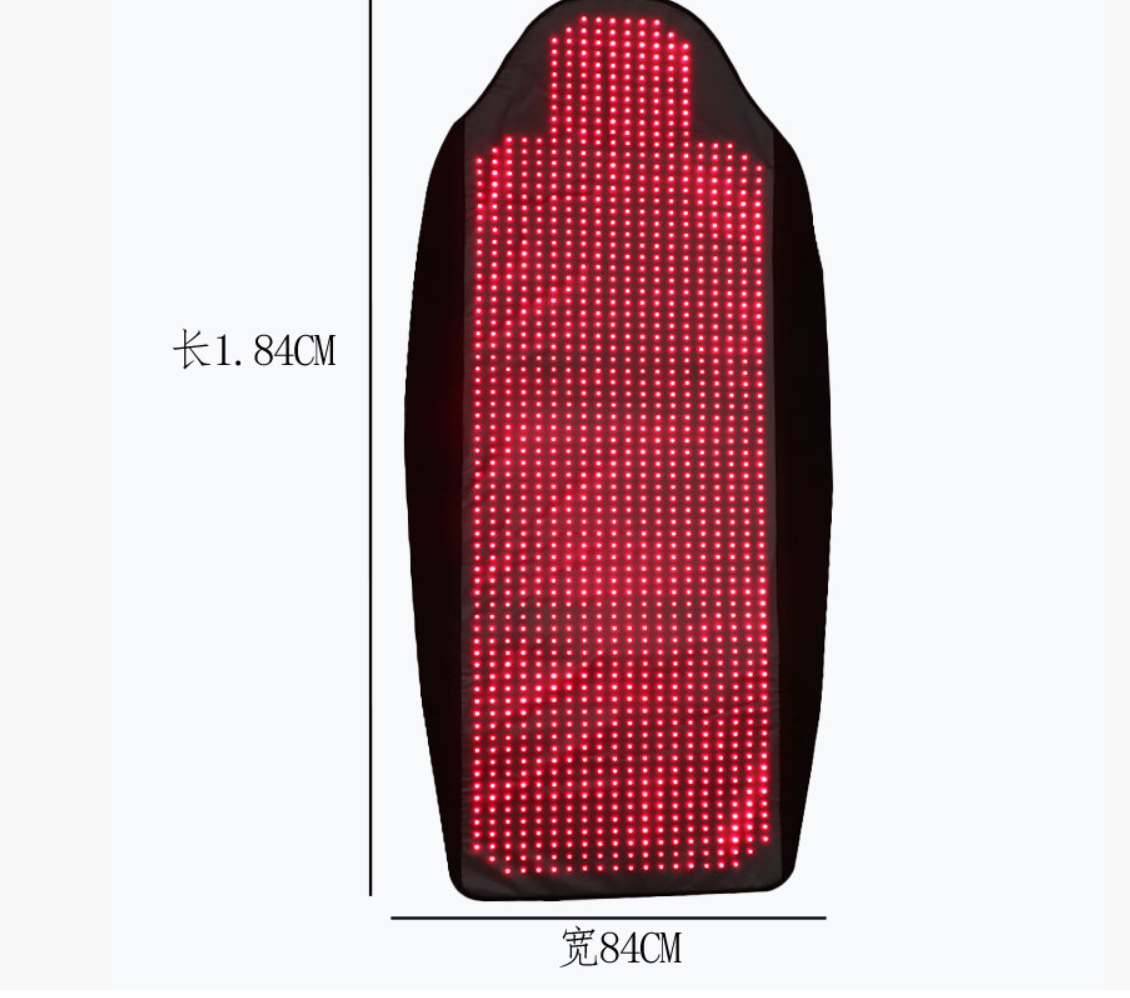
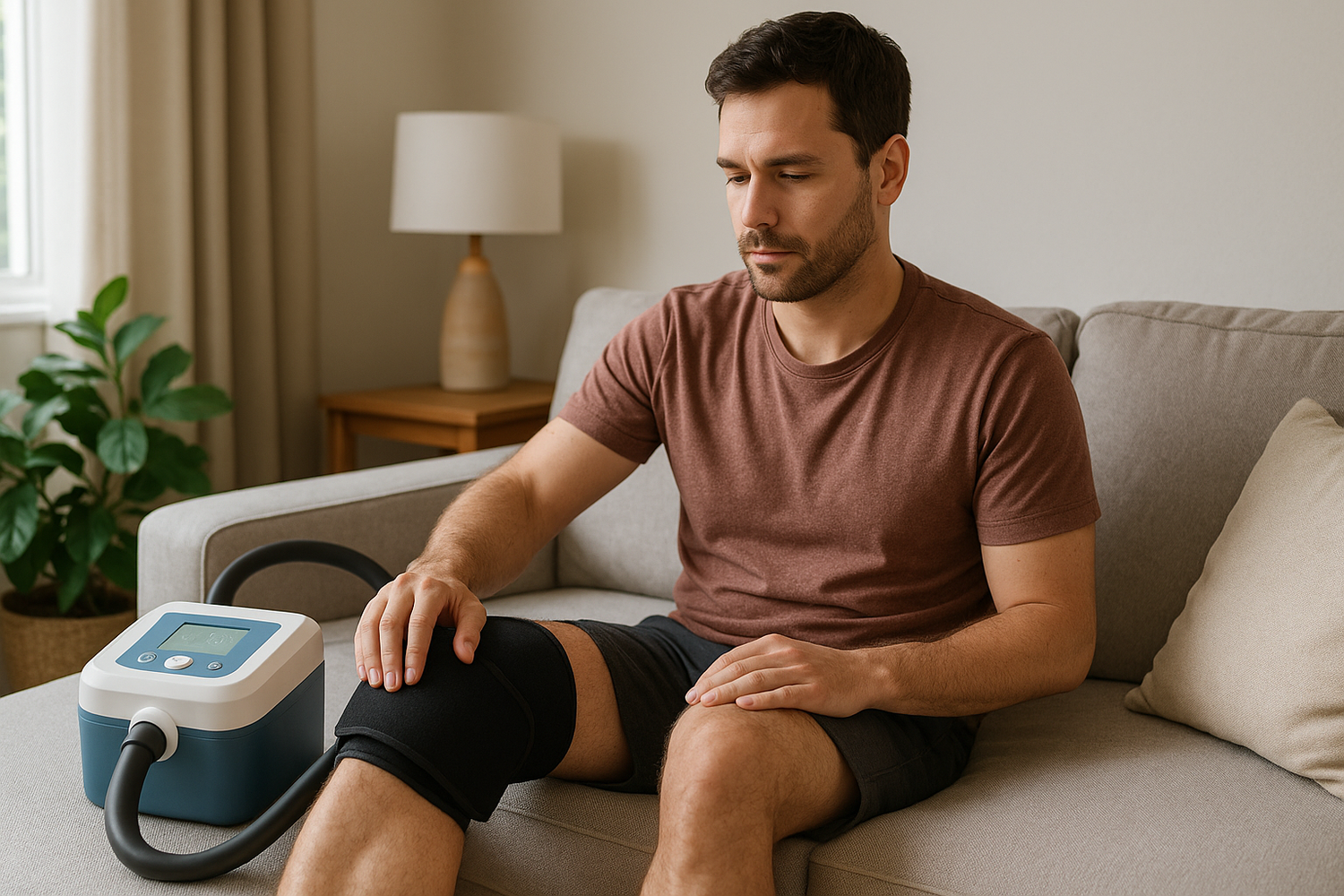
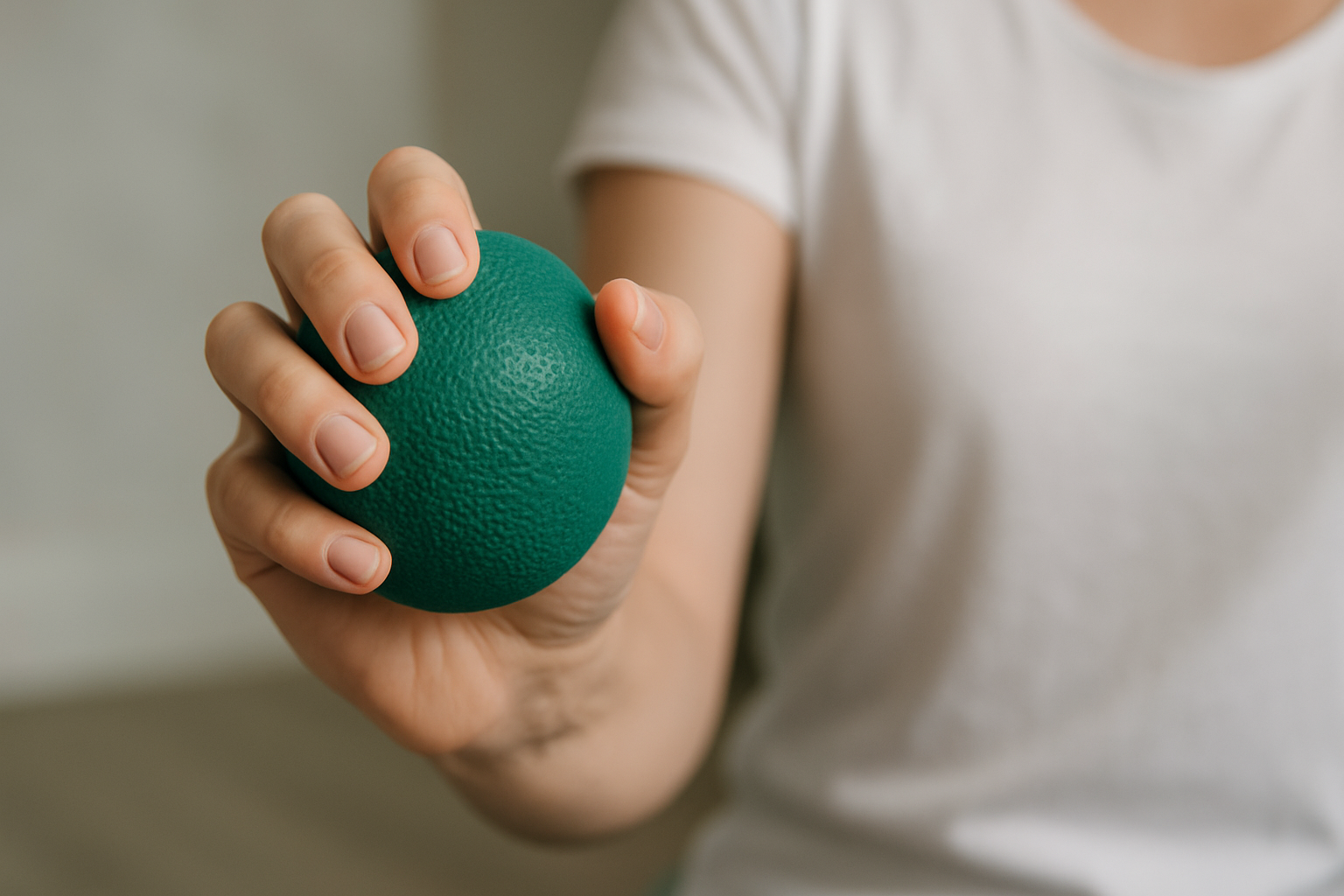
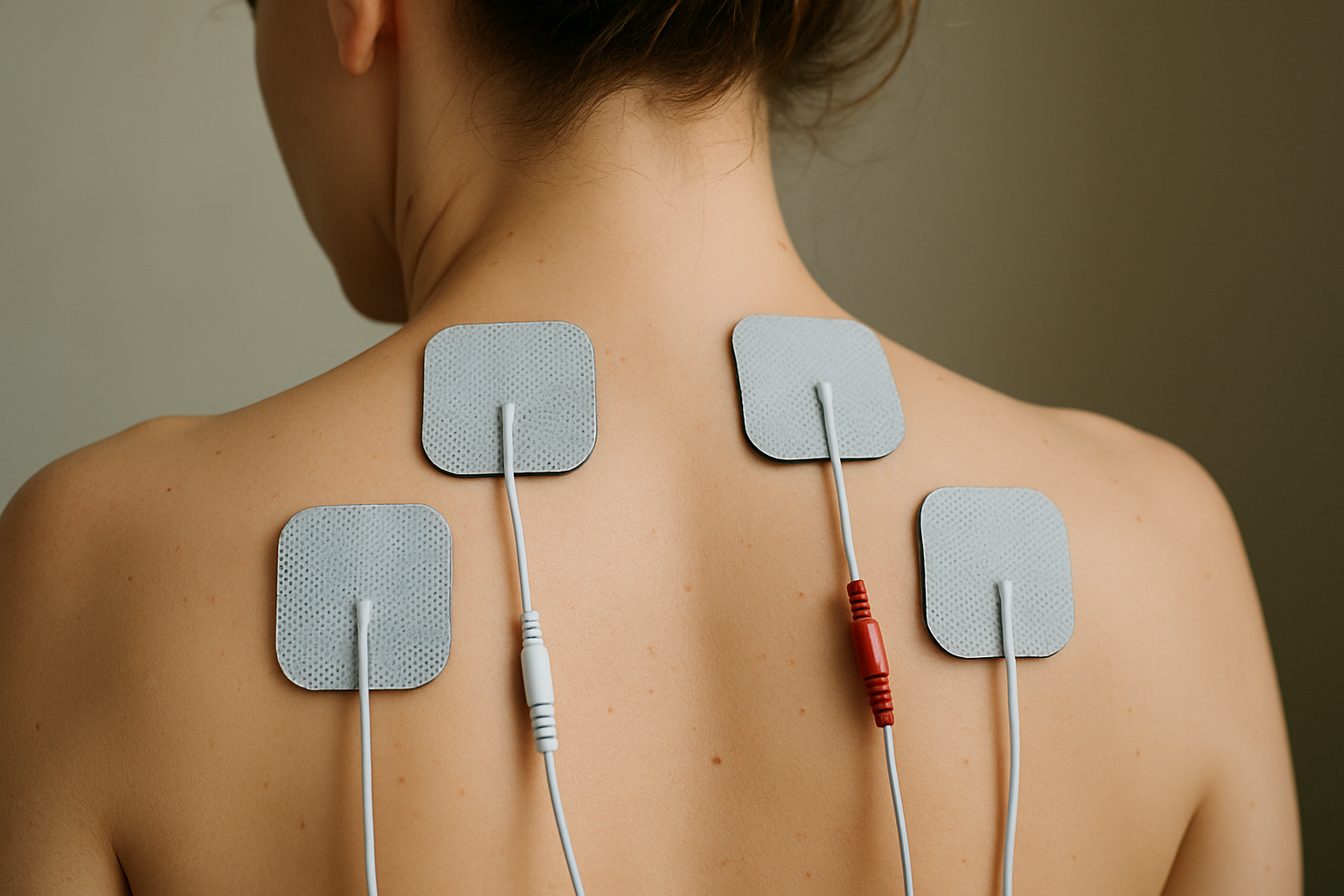
Dejar un comentario
Este sitio está protegido por hCaptcha y se aplican la Política de privacidad de hCaptcha y los Términos del servicio.